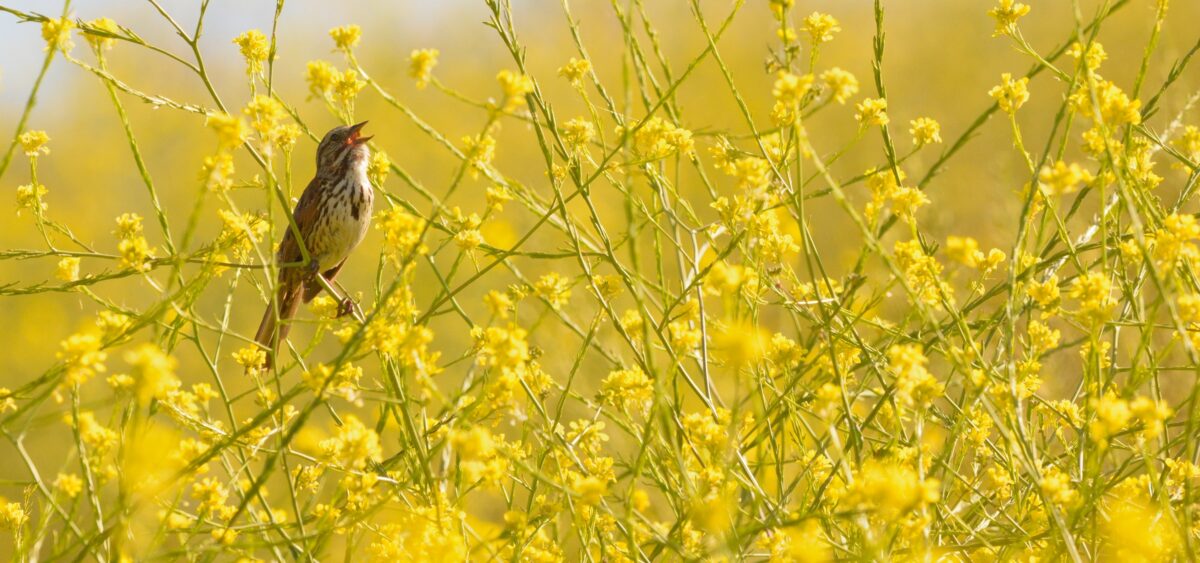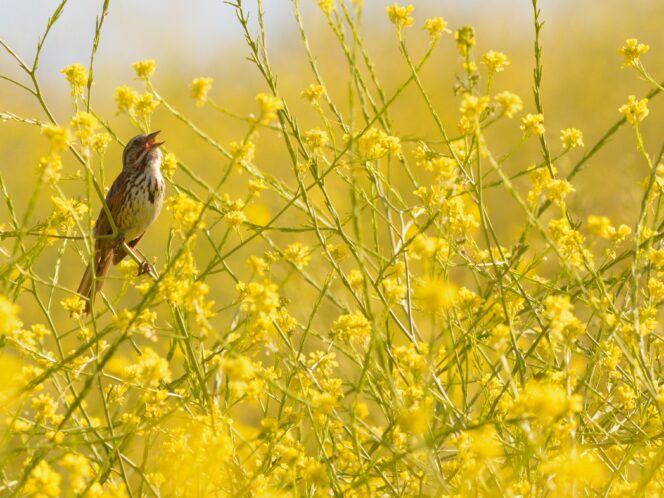
Could there be anything as blissful as the pure sounds of nature? It turns out that there can. Musical compositions inspired by the sounds of nature also bring relief, while simultaneously raising awareness of issues related to climate change.
Choose a tent. Take off your shoes before entering it. Don’t move, listen. “We’re about to serve mint tea” is the instruction for the audience of “Nicht-westliches Hören” (Non-Western Listening) by Peter Ablinger, one of the most eccentric composers of contemporary music. The Austrian composer is known for his fondness of turning musical conventions upside down. In his compositions, he uses the rustling of trees and combines sounds made by toads with the flute. Ablinger gives voice to nature and creates the right conditions to listen to it more carefully. An example is the above-mentioned composition, made a few years ago at a festival in picturesque Rümlingen. For thirty years, this small Swiss town has been hosting an open-air music festival. Every year, the organizers invite various artists who compose works set in the natural environment. Instead of sitting comfortably in armchairs, the audience has to wander in the mountains, often for many hours.
Taking listeners out of concert halls to listen to music in the open air—or, as is particularly popular today, to nature itself—is nothing








